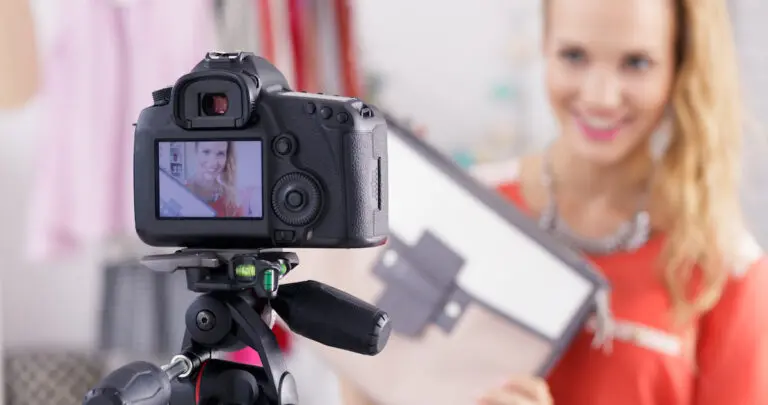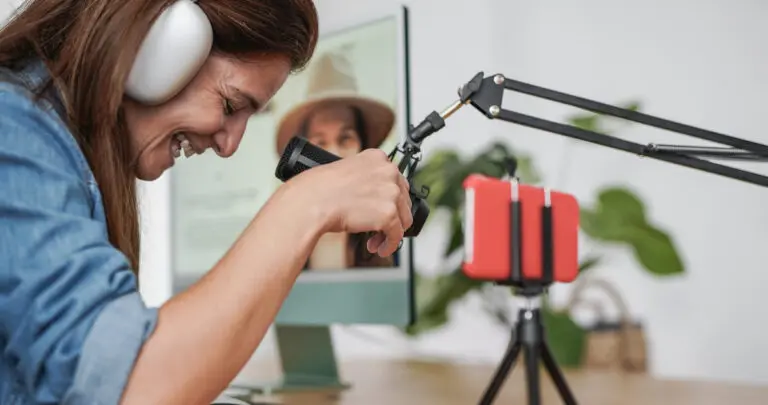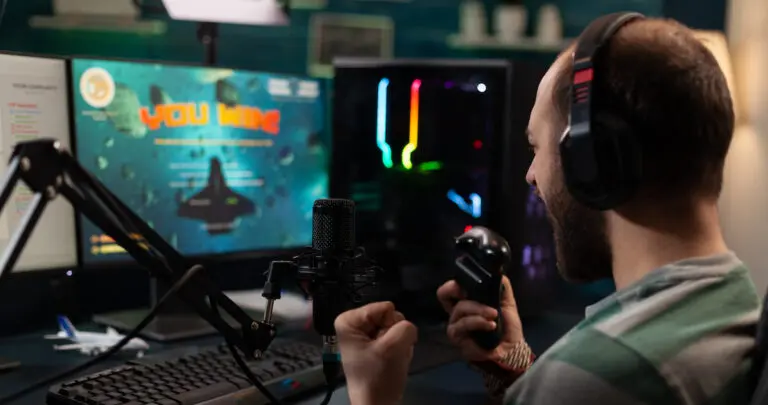This article is about about listening. Critical listening. So – can you hear it?
“Hear what?” we hear you ask.
The truth.
The veracity of the voice and the message; the emotion and genuine conviction of it all.
No, seriously: we’re talking about what to listen for in a voice over for your voice over projects. As abstract and random the above may sound, it’s what constitutes critical listening in a voice over context.
Why?
Because, as someone selling a product or service, you should.
Abstract and technical critical listening

When applying critical listening, what you’re really listening for is the message. What is the message, what kind of emotions does it evoke, how would it sound if someone were to say it with 100% belief in it — answering these will help you apply critical listening.
That’s what we mean by listening for the truth of the message and the voice. Does the voice over sound like it believes in what it’s saying? Does it have the right emotional quality? These are more so abstract aspects of critical listening, and can be guided using intuition and a keen understanding of the message.
Then there are the technical aspects. This is more concerned with tone inflection on particular parts of phrases, or volume and intensity of the voice.
How to apply critical listening
As with any sort of analysis, listening critically requires a lot of focus and scrutiny. Once you’ve prepared those, then you can think about the abstract and critical aspects of critical listening.
When it comes to the abstract portion of it, it has a lot more to do with knowing the source material than it does listening. Once you’ve strongly identified the tone, message, emotion and goal of the message, you can begin to compare it to the voice over.
Perhaps the tone is a bit too light-hearted, or the emotion is too serious. This kind of critique is only found after knowing exactly what you want, and by listening very very carefully.
Just note that it’s unlikely that a voice over will sound exactly as you imagine, and that it’s the truth of the message you’re listening for. It’s more of a gut feeling than a checklist.
As for the technical aspect of critical listening; things like tone, inflection and range, these are applied in order to enhance the message. You can think of it as tools to meet the intended sound of the voice over.
You may ask the voice actor to increase the range of pitch throughout a read, or ask them to increase the volume of their voice during a particular phrase.
What critical listening isn’t
Critical listening isn’t the same as being critical. Anybody can be critical. Being critical towards your voice actor isn’t helpful and harms the production process, as well as the voice over itself.
The difference between critical listening and being critical is that the former focuses on a productive outcome. Being plain critical means putting down your voice actor, critiquing without suggestions, and finding things to pick on.
It may come to the case that you believe that you’re applying critical listening, but your voice actor only hears you as someone who’s being critical.
While we can’t control other people’s perceptions, we can control how we deliver feedback. Be kind, polite, and focus on what you’d like the voice actor to do versus solely critiquing what they’re doing. Otherwise, you end up with situations like this.
Final thoughts

Critical listening comes down to keen observation skills, and knowing exactly what you want.
You can’t employ critical listening without knowing what you’re critiquing. You need to compare the voice over to some sort of standard or goal. And rather than that goal being a certain sound, we suggest you listen for the truth behind the voice, and whether or not it feels genuine.
There are countless voice over projects asking for a genuine-sounding or authentic voice. Genuineness and authenticity aren’t exactly found in one exact type of voice. It’s a feeling, something you resonate with.
It becomes abstract again at this point, but when a professional voice artist delivers the read you’ve been looking for, you’ll know it when you hear it — as long as you’re critically listening, of course.
And as a final note, stick with professional voice actors. They’ll give you the most out of your critical listening. Be sure to visit Voice123! There are countless professional voice actors who are ready to give you the read you’re looking for.



































































































